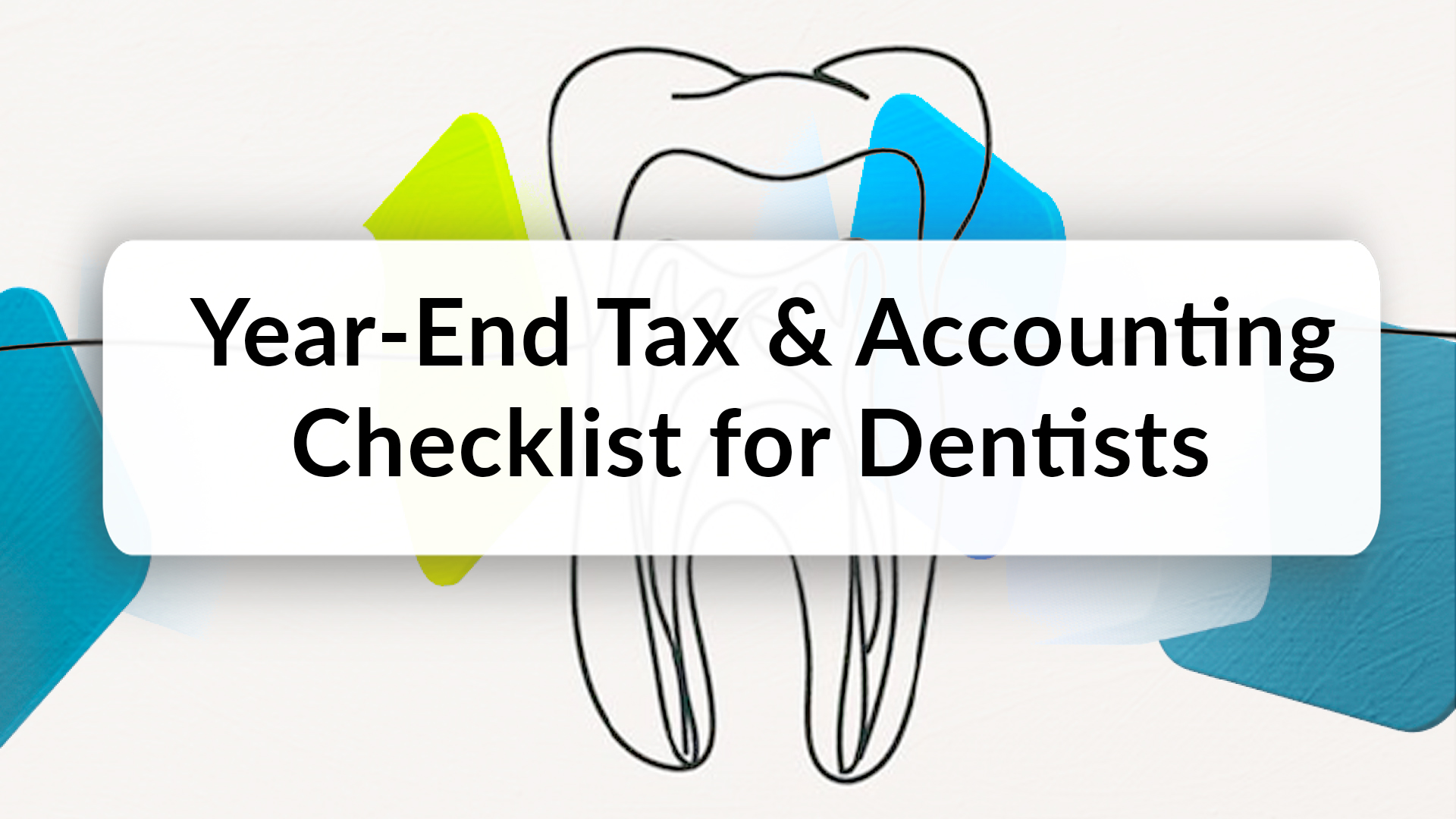
On May 26, 2015, the IRS admitted that the information of more than 100,000 taxpayers was compromised by hackers using their ‘Get Transcript’ application.
In 2016, the IRS revised that number up to 700,000 taxpayers. Data breaches of JP Morgan Chase, eBay, Home Depot, and Target have made headlines over the past few years. Millions of Americans, including myself, have been the victim of some type of identity theft. While Melissa McCarthy adeptly uses humor to address the issue of identity theft in her movie, “Identity Thief,” identity theft is no laughing matter. No one seems to be immune and taking preventative measures, like shredding documents and changing passwords, doesn’t always guarantee immunity. What is a vulnerable taxpayer to do?
Many U.S. credit card companies and retailers are following the lead of their European counterparts by implementing EMV (Europay, MasterCard, and Visa) technology. These credit cards have a computer chip that makes it more difficult for a fraudster to steal from them. All of my credit cards already have a chip. If your credit card company doesn’t offer that feature, then consider switching companies. I personally find one of the best ways to combat identity theft is to look at my credit report at least annually. Thanks to the amendment made in 2003 to the Fair Credit Reporting Act, everyone can obtain one free credit report each year. Taking this action every year can also bring mistakes in your credit report to your attention which is important because the credit reporting agencies are notorious for being inaccurate.
The IRS can make the biggest impact in fighting income tax identity theft, but I wouldn’t count on them to make any swift changes. In 2016, the IRS is planning to begin to test the use of W-2 information to combat identity theft. Even if the W-2 is found to be an effective tool, the IRS still has to implement a process to obtain that information earlier in the tax season. Currently, employers send a copy of their employees’ W-2 to the Social Security Administration. From there it goes to the IRS, but not in a very timely manner. Usually, the IRS doesn’t have your W-2 information until July. By that time, the fraudster has probably already spent the money.
Jaclyn Jones




